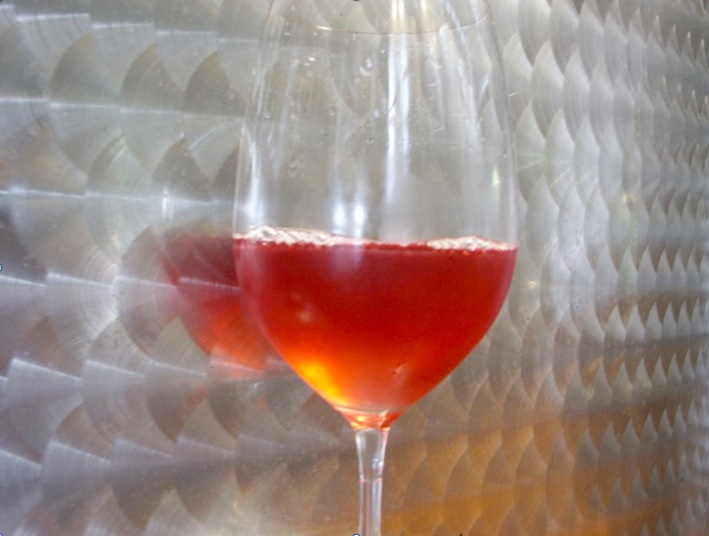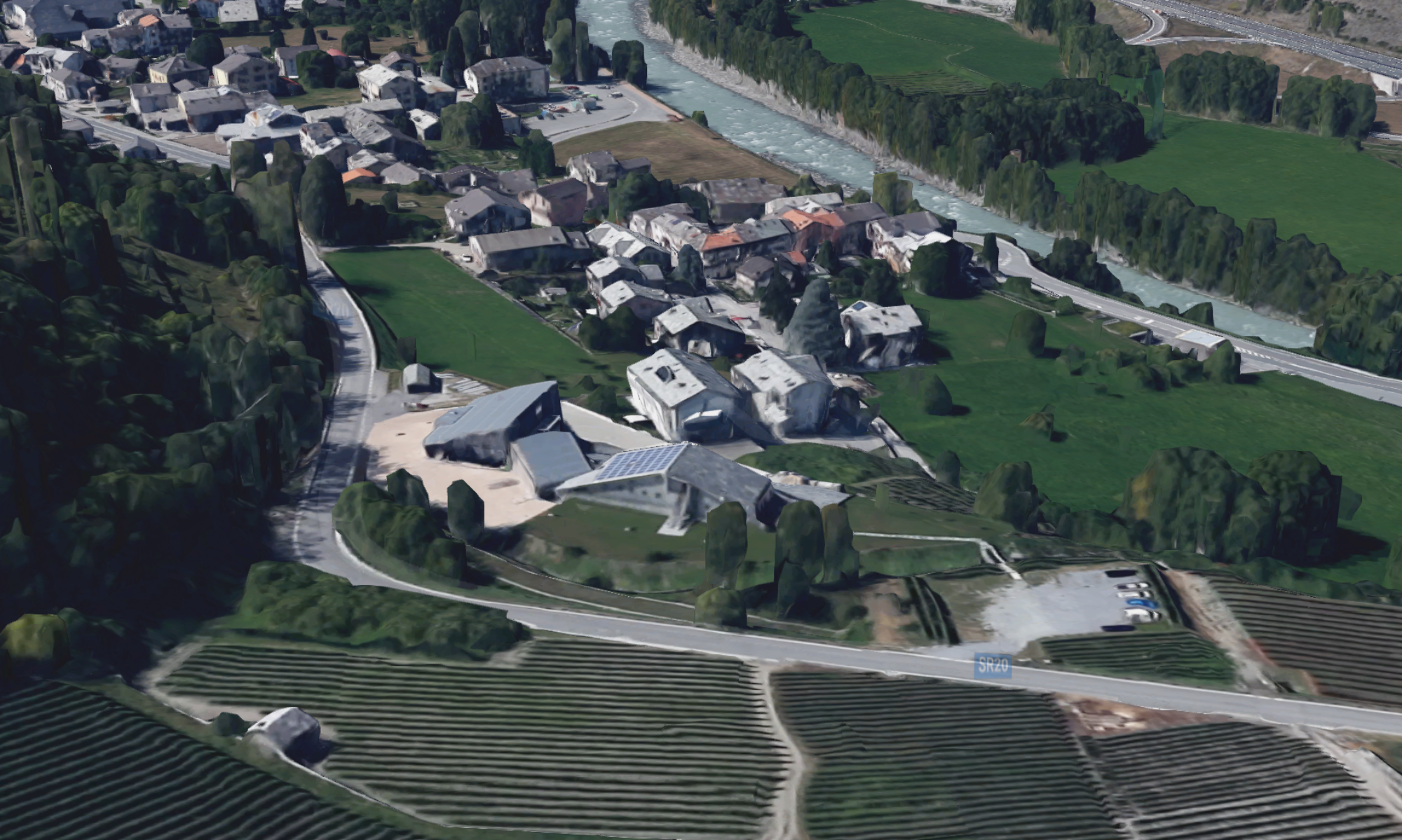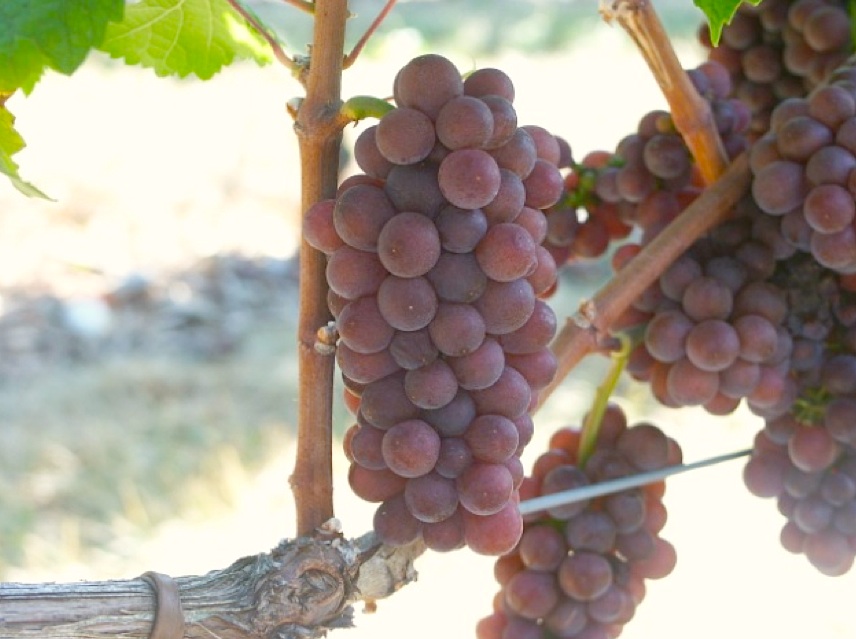Straw yellow, coppery, paper white, rosé or onion skin:
these are the hues that we can expect when we encounter a Pinot Grigio, so that the question often legitimately arises of what exactly is the correct color expression of this wine?
Pinot Grigio is often called a white grape, but that is incorrect, since it is not at all a white grape. The name itself–”grigio” means grey, indicating that it is a grape that is not perfectly white.
Pinot Grigio is an off shoot of Pinot Noir, and without entering into the minutiae of genetics; If we glance at the color of the berry is enough to notice the color of the berry itself.

Going a bit deeper into the technical details: The coppery hue of the wine is attributed to a more or less extended maceration of the must, during which the colorants in the berry’s skin sip into the must. But this presence of color happens even when there is no skin contact during fermentation. It begins on the vine, as the berry ripens, a certain amount of pigment moves into the berry.
All musts of pinot grigio, when they are freshly pressed, exhibit a hue that is to some degree coppery, but only a few winemakers are able to preserve that tonality over time; the majority of the wines suffer a progressive loss of hue and finally display the hallmark straw yellow color.
The reason for this, lies in the fact that pinot grigio’s pigment, which derives from its anthocyanin, oxidizes quite easily during the pressing process and although it remains intact during fermentation, it gradually disappears through the progressive precipitation of the oxidized pigments. The natural color accumulates as sediment in the aging container, coloring the fine lees pink.
If processing the grapes and handling the must is performed in an oxygen free environment, then the pigments naturally occurring in the grape will be preserved and will remain stable throughout the life of the wine. It is a natural consequence of an oxygen free production practice, aimed at preserving the full spectrum of the grape’s aromatic compounds, which can be lost during this stage of wine making.
Food and plants rich in anthocyanins include the blueberry, raspberry, black rice, and black soybean, among many others that are red, blue, purple, or black. Even some of the colors of autumn leaves derive from anthocyanin.



